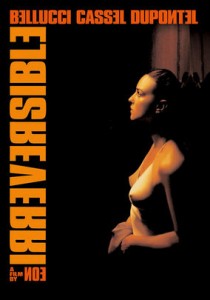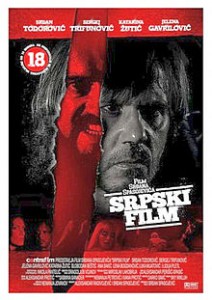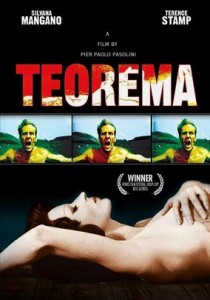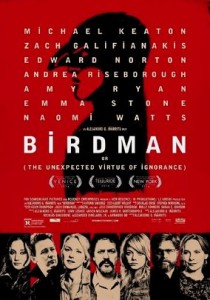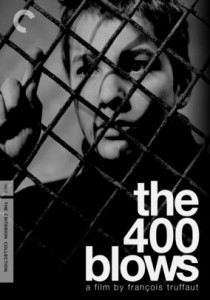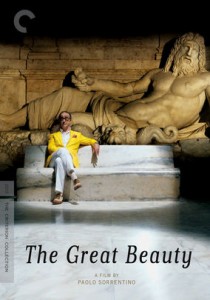The Girls-1968
Director Mai Zetterling
Starring Bibi Andersson, Harriet Andersson
Scott’s Review #404
Reviewed May 11, 2016
Grade: B+
The Girls is a 1968 Swedish film that is political, surreal, dreamlike, and feminist. These may seem like too many adjectives to describe a movie, but they all happen to be warranted and work to categorize it, which is tough- it is a complex film.
The film left me deep in thought about what I had just viewed- that is a positive for me.
Directed by Mai Zetterling, a woman, the film is told from a female perspective and is quite tricky to follow. However, the message portrayed is a compelling thought of a woman repressed, whether in reality or fantasy, by men.
In my attempt to describe The Girls accurately, it appears to feature a boys-versus-girls element throughout, told by the girls. The plot centers around three women: Liz (Bibi Andersson), Marianne (Harriet Andersson), and Gunilla (Gunnel Lindblom).
The women are hired to star in a touring production of Lysistrata, and each faces conflict and concern over leaving their respective families, but for differing reasons.
Liz’s husband, who is having an affair, cannot get rid of her soon enough. Marianne has recently dumped her married boyfriend. Gunilla has four children and suffers from guilt. All of the women are very friendly with each other.
All three principal actresses are familiar to eagle-eyed Ingmar Bergman fans as each of them has appeared in numerous films of his-in very different types of roles.
Wild Strawberries and The Seventh Seal (both 1957) feature these actresses.
The women go on tour and have various surreal experiences based on the play in which they are stars. The film, made in black and white, has very overexposed cinematography. The blacks and the whites look very sharp, and this is no doubt done deliberately.
On the surface, it would appear that the women hate men and yearn to be free of them. Is that the point of the film? It seems to go in other directions as well. Do they hate their lives and feel confined with men and free without them, when they are touring their play?
How do they feel about their children? Do they miss them on tour, love them, resent them, or perhaps a bit of each? They yearn to be free of restraint.
We are treated to numerous scenes that seem to be a dreamlike state or a fantasy of one of the women. One runs through the forest and comes upon a grizzled, dirty child on the ground. Is it hers? She then sees her husband sitting in a living room chair in the middle of the forest.
The symbolism resonating through The Girls is countless. We also see the women fantasize about a handsome, young man. Are they tired of the doldrums- looks and otherwise- that their husbands have caused them?
Many political protests occur throughout the film. In one, the women march in unison- Nazi-style and chant. In another, the women lead what appears to be a charge of women-suffragette style, until the women start attacking each other and punching and kicking each other in the streets.
These scenes and countless others are tough to analyze, but perhaps this is the point. I decided to escape into the film and not try to figure out what everything meant.
Fantastic to see the exterior scenes shot in Stockholm, Sweden, which reminds us what a liberal, democratic city it is. Yet the women are repressed. Made in 1968, during the sexual revolution, the film’s timing is perfect.
The Girls (1968) left me pondering the story and the viewpoint, and I will need further viewings for the film to sink in more successfully and for me to get it, if I ever do, but I enjoyed it nonetheless.
The film is the kind of film that requires further viewing to understand. I look forward to watching this film again, which is high praise.

